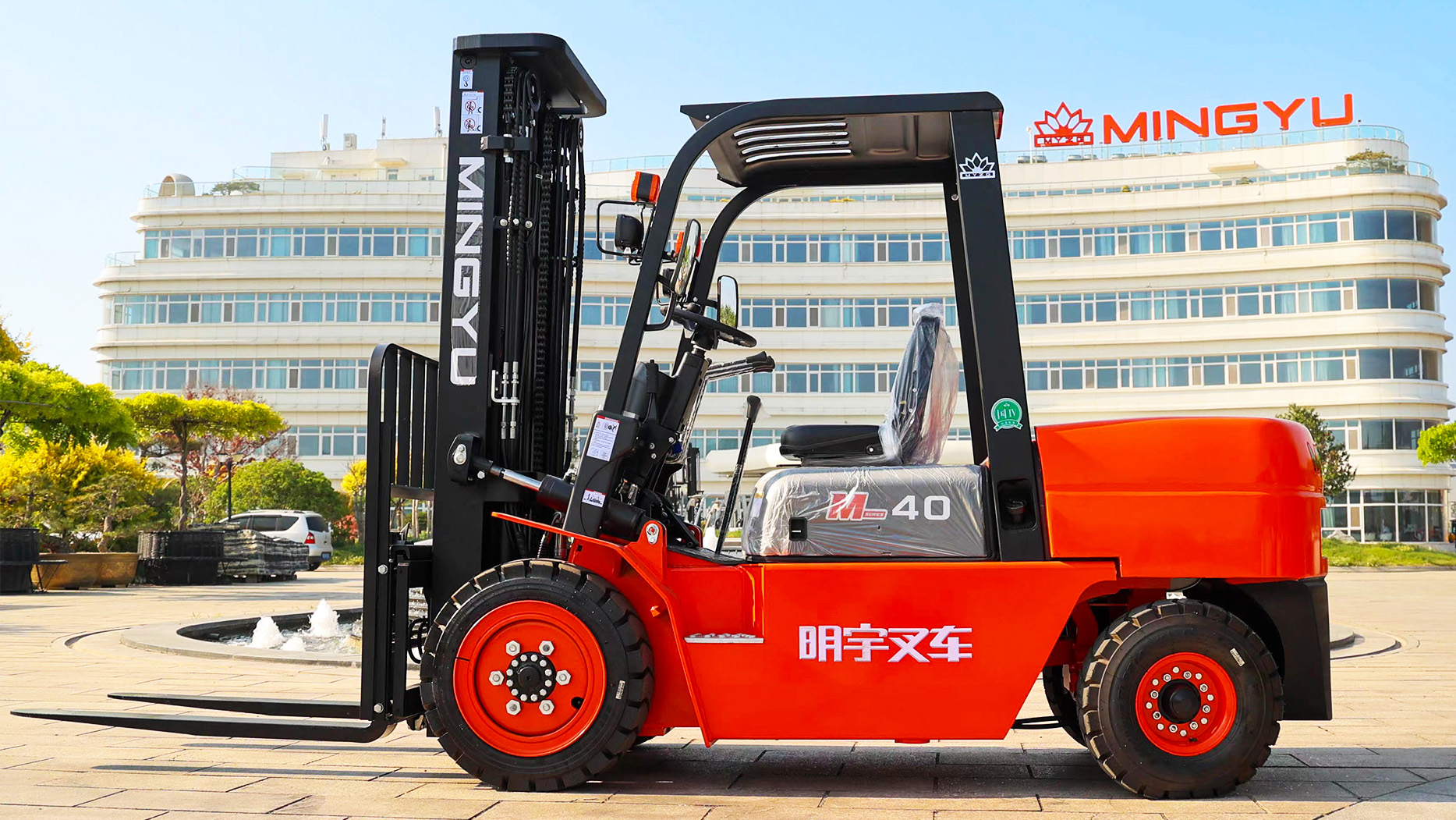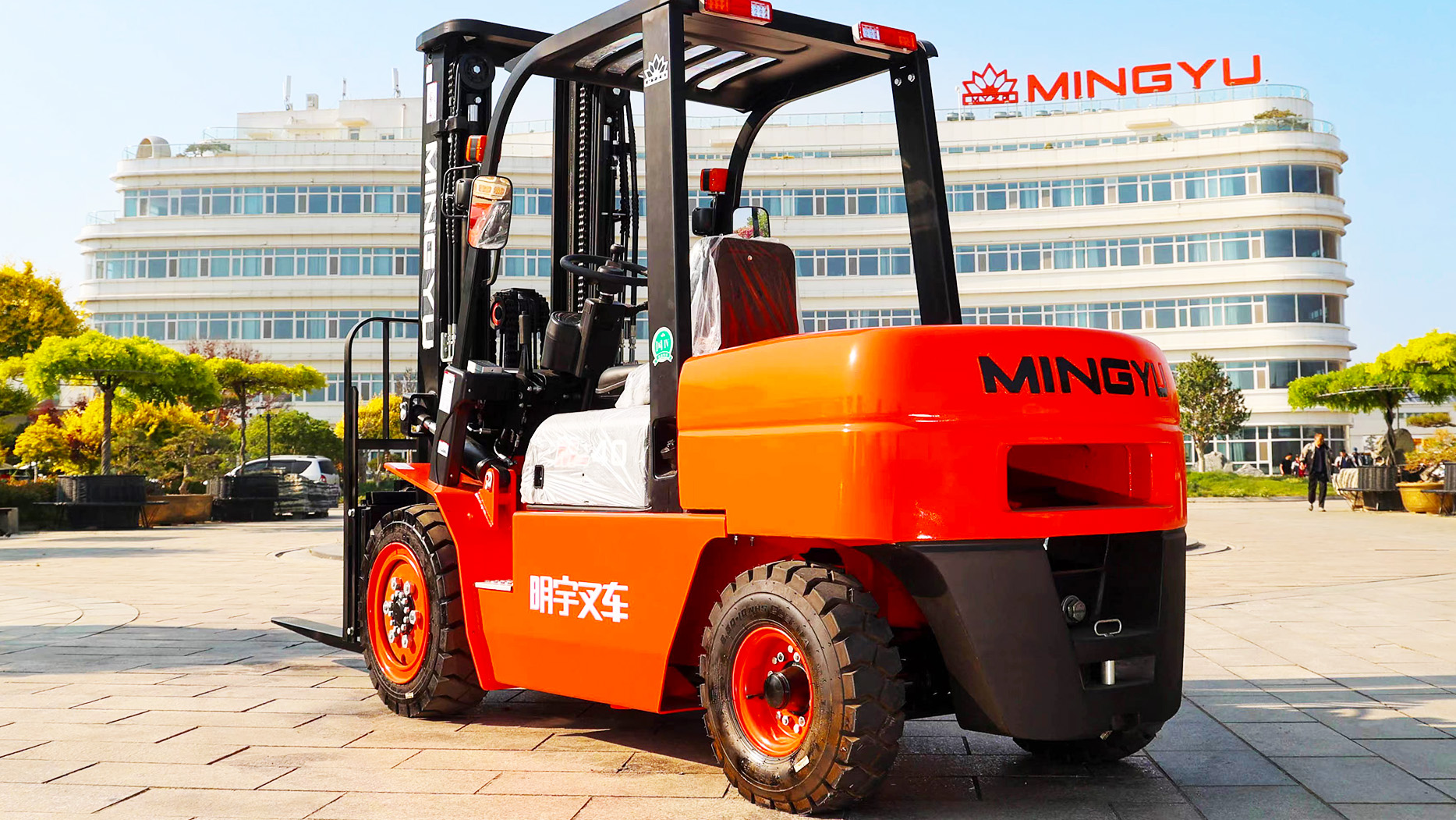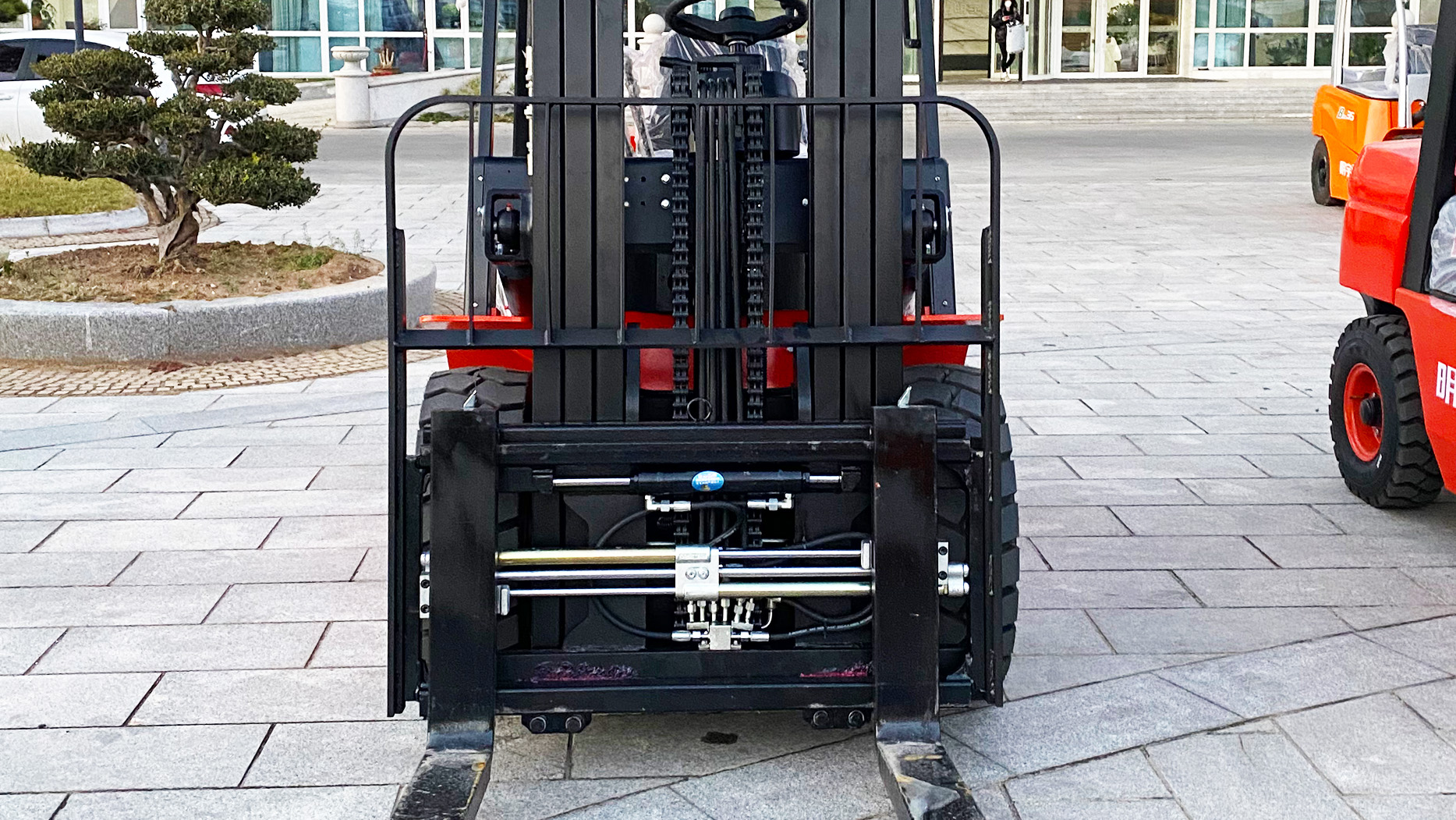I. Introduction
In the dynamic landscape of modern material handling, forklifts stand as indispensable tools, driving efficiency and productivity across diverse industries. From the intricate choreography of warehouse logistics to the rugged demands of construction sites, these machines are integral to moving and lifting heavy loads. However, to truly optimize operations, understanding the fundamental differences between the three primary categories of forklifts—electric, internal combustion (IC), and rough terrain—is paramount. This article aims to provide a comprehensive exploration of these forklift types, highlighting their unique characteristics and applications, and emphasizing the importance of selecting the right machine for specific operational needs.
II. Electric Forklifts: Clean, Quiet, and Efficient
Electric forklifts represent a paradigm shift in material handling, prioritizing environmental sustainability and operational efficiency. Powered by rechargeable batteries, these machines offer a clean and quiet alternative to traditional fuel-powered forklifts. Their battery-driven systems provide consistent power while eliminating exhaust emissions, making them ideal for indoor environments where air quality is crucial. The quiet operation of electric forklifts also enhances operator comfort and reduces workplace noise pollution.
Electric forklifts are further categorized into distinct subcategories, each tailored to specific operational needs. Counterbalance forklifts (Class I) are versatile machines designed for general warehouse use, capable of handling a wide range of loads. Reach trucks (Class II) excel in narrow aisle applications, maximizing storage density and offering high-reach capabilities for efficient pallet retrieval. Pallet jacks and stackers (Class III) are specialized for ground-level and low-lift operations, streamlining tasks such as moving and stacking pallets in confined spaces.
The advantages of electric forklifts are multifaceted. Their zero-emission operation aligns with growing environmental regulations and sustainability initiatives. Lower operating costs, stemming from reduced fuel consumption and minimal maintenance requirements, contribute to long-term cost savings. The precise control and maneuverability of electric forklifts, particularly in tight spaces, enhance operational efficiency and reduce the risk of accidents.
However, electric forklifts also present certain disadvantages. Battery charging times and operational downtime can be a concern, especially for continuous operations. The initial investment, particularly for advanced battery technologies like lithium-ion, can be higher than IC forklifts. Their performance may also be limited in extreme outdoor conditions, as battery performance can be affected by temperature fluctuations.
Electric forklifts find applications in a wide range of industries, including warehousing and distribution centers, retail and storage facilities, and the food and beverage industry, where indoor operation and environmental considerations are paramount.
III. Internal Combustion (IC) Forklifts: Power and Ruggedness
Internal combustion (IC) forklifts are the workhorses of material handling, renowned for their power and ruggedness. Powered by gasoline, propane (LPG), or diesel engines, these machines are designed for heavy-duty applications and outdoor environments. Their robust construction and high lifting capacities enable them to handle demanding workloads in challenging conditions.
IC forklifts are categorized based on tire type and application. Cushion tire forklifts are designed for smooth surface operations, offering versatility for both indoor and outdoor use. Pneumatic tire forklifts excel in rough terrain applications, providing superior traction and durability in outdoor environments. Heavy-duty forklifts are engineered to handle extreme loads, catering to industrial applications with demanding material handling requirements.
The advantages of IC forklifts are evident in their high power output and lifting capacity, making them suitable for heavy-duty applications. Their ability to operate in harsh and demanding environments, such as construction sites and lumber yards, is a significant advantage. The quick refueling capabilities of IC forklifts allow for continuous operation, minimizing downtime.
However, IC forklifts also present certain disadvantages. Their exhaust emissions contribute to environmental pollution, raising concerns about air quality. Higher operating costs, related to fuel consumption and maintenance, can impact profitability. Noise and vibration concerns can also affect operator comfort and workplace safety.
IC forklifts find applications in a wide range of industries, including construction and lumber yards, shipping and port operations, outdoor storage facilities, and manufacturing plants, where heavy loads and challenging environments are typical.
IV. Rough Terrain Forklifts: Off-Road Mastery
Rough terrain forklifts are specialized machines designed for off-road applications, excelling in uneven and challenging terrains. Their large pneumatic tires, robust chassis, and high ground clearance provide exceptional off-road capabilities, enabling them to navigate rough surfaces with ease. Stability features ensure safe operation in demanding conditions.
Rough terrain forklifts come in various configurations, including masted and telescopic models. Masted rough terrain forklifts are used for standard lifting and material handling tasks. Telescopic rough terrain forklifts offer extended reach and versatility, enabling them to handle loads in hard-to-reach areas. All-wheel drive and specialized attachments further enhance their capabilities.
The advantages of rough terrain forklifts lie in their exceptional off-road capabilities and terrain adaptability, making them ideal for challenging environments. Their high lifting capacity and durability ensure reliable performance in demanding conditions.
However, rough terrain forklifts also present certain disadvantages. Their higher initial purchase price and increased maintenance requirements can impact budget considerations. Their large size and specialized design limit their indoor use and maneuverability.
Rough terrain forklifts find applications in construction and mining sites, agriculture and forestry operations, and military and disaster relief operations, where off-road capabilities are essential.
V. Comparative Analysis and Selection Considerations
The selection of the appropriate forklift type hinges on a careful analysis of operational needs. Electric forklifts excel in indoor environments with environmental and noise concerns, while IC forklifts provide power and ruggedness for outdoor and heavy-duty applications. Rough terrain forklifts are indispensable for off-road operations in challenging terrains. Factors influencing forklift selection include application requirements, operating environment, load capacity, and cost considerations. Hybrid solutions and emerging technologies are also shaping the future of forklift operations.
VI. Future Trends and Innovations
Advancements in battery technology, such as improved battery life and faster charging, are expanding the capabilities of electric forklifts. Developments in cleaner IC engines and alternative fuels are mitigating the environmental impact of these machines. The increasing adoption of automation and telematics is enhancing forklift efficiency and safety, enabling remote monitoring and predictive maintenance.
VII. Conclusion
Understanding the distinct characteristics and applications of electric, IC, and rough terrain forklifts is crucial for optimizing material handling operations. Selecting the right forklift for specific needs ensures efficiency, safety, and cost-effectiveness.
Post time:Apr.02.2025



